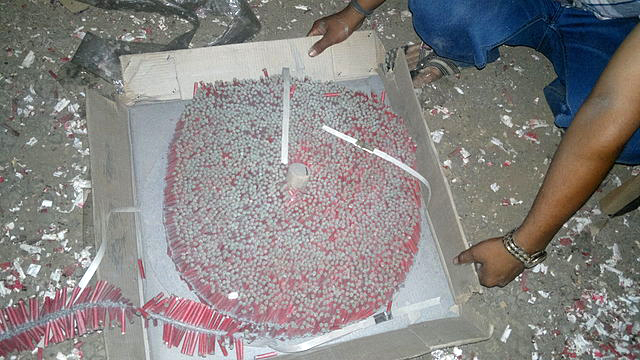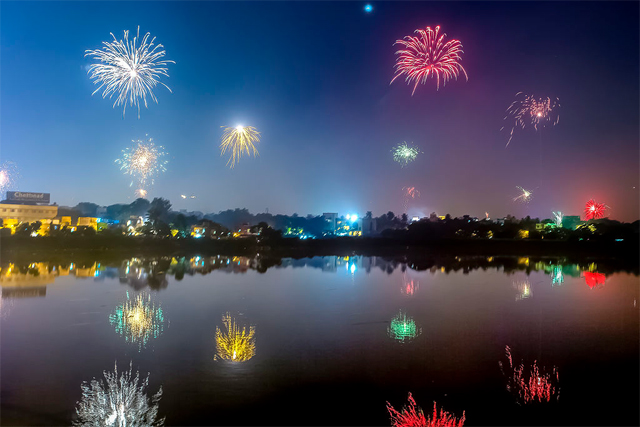Fifteen Yanadi workers were killed by an explosion at an illegal fireworks manufacturing facility in a Nellore suburb on December 31, 2016, exposing to the public the deplorable working conditions that they endure. The story was widely reported in the Indian press in early January 2017.

A number of people from the Challa Yanadi, a lower-caste division of the Yanadi society, were employed as workers in one of the fireworks manufacturing factories in Porlukatta, a community next to the city of Nellore, in India’s Andhra Pradesh. A fire broke out, probably among piles of dangerous, highly flammable, chemicals, spread into a major storage area for firecrackers, and they suddenly exploded. Three Yanadi workers died immediately and many were seriously burned. Over the course of the following days, 12 more were reported to have died in hospitals in the city.
The Hindu, a widely respected Indian newspaper, published an update last week about the tragedy. The reporter, Sundaram Morali, is at first greeted silently when he enters one of the factories in Porlukatta but the workers gradually open up to him. One group tells him that only three workers had died in the explosion over 18 months earlier. A worker bearing scars from his burns mentions, as he hurries to complete an order for fireworks for a celebration at a home in the Magunta Layout, a section of Nellore, how their efforts to save injured co-workers last year were futile.

The Yanadi tell the reporter that they are well aware of the risks in making the explosives. But “what else … can [we] do for a living now?” they ask rhetorically. The workers used to subsist on their fishing in the river but it no longer flows regularly. Almost all the bodies of water in the city have vanished due to climate change, another worker says while he sits in the midst of piles of chemicals.
The Yanadi workers earn between 300 and 400 Indian rupees (U.S. $3.40 to $5.80) per day. That includes their pay for overtime work, one worker explains as he coughs from the chronic respiratory illnesses that plague many of them. They are exposed to such hazardous chemicals as potassium nitrate, sulphur nitrate, nitrogen dioxide, magnesium, and others.
One worker explains to The Hindu that they get the chemicals from Tamil Nadu, the state to the south of Andhra Pradesh. Another talks about popular occasions when Indians use fireworks to celebrate, such as Diwali, weddings, and birthdays. He talks while mixing chemicals, though without using hand gloves or any other safety devices.
Though Mr. Morali doesn’t say so, to a reader who is far from South India it sounds as if the promises by politicians in January 2017 to improve conditions for the Challa Yanadi fireworks workers have not been carried out.